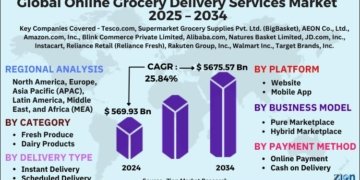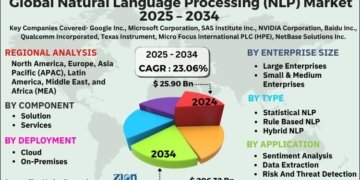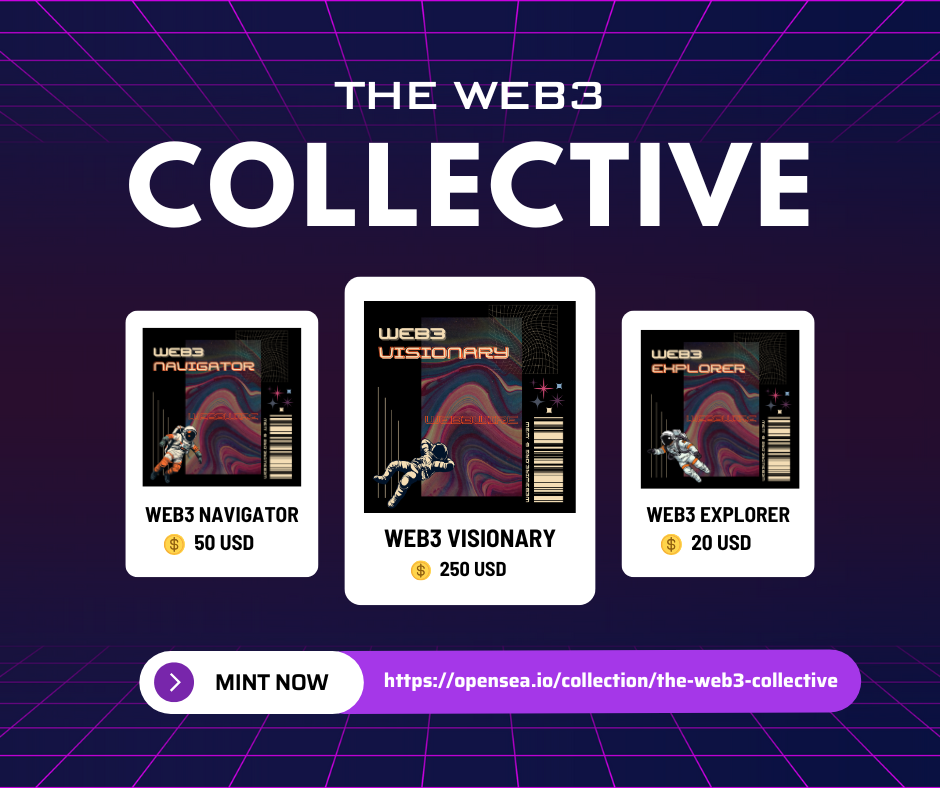The global Radiation Dose Optimization Software Market is on a significant upward trajectory, projected to grow from an estimated USD 356.2 million in 2025 to a robust USD 835.6 million by 2035, registering a Compound Annual Growth Rate (CAGR) of 8.9% over the forecast period. This substantial evolution is driven by healthcare providers’ increasing prioritization of patient safety, diagnostic accuracy, and stringent regulatory compliance in medical imaging practices.
Growing concerns regarding radiation overexposure in diagnostic radiology have spurred global efforts to standardize dose levels and enforce rigorous reporting requirements. Healthcare institutions are increasingly adopting intelligent software systems that leverage machine learning and historical imaging data to recommend optimal scanning protocols and adjust dose parameters in real time. These advanced platforms are seamlessly integrating with Picture Archiving and Communication Systems (PACS) and Radiology Information Systems (RIS) to ensure smooth workflow compatibility.
The rising demand for personalized imaging, increased adoption of advanced modalities such as Computed Tomography (CT) and hybrid imaging, and persistent international regulatory pressure from bodies focused on radiological protection are all contributing to the market’s upward trajectory. Future growth is expected to be further driven by the proliferation of cloud-based deployment models, AI-powered dose monitoring tools, and clinical decision support features tailored to patient-specific risk profiles and imaging needs.
Thorough Market Evaluation: Full Report
https://www.futuremarketinsights.com/reports/radiation-dose-optimisation-software-market
Software Component and Hospitals Lead Market Segments
A detailed segmental analysis highlights the dominance of the software component. The software component segment is anticipated to lead the market with a commanding 62.0% revenue share in 2025, reinforcing its central role in dose optimization strategies. This dominance is attributed to the critical function software plays in enabling real-time monitoring, dose tracking, and protocol standardization across diverse imaging systems. Vendors have focused on developing interoperable platforms that integrate with existing imaging infrastructure, providing intuitive dashboards, audit-ready reporting tools, and AI-assisted dose recommendations. As imaging volumes increase and reimbursement models link to quality metrics, healthcare providers are prioritizing investment in software that not only ensures patient safety but also improves operational efficiency and compliance.
Concurrently, hospitals are projected to account for a significant 46.0% of total revenue in the radiation dose optimization software market in 2025, solidifying their position as the leading end-user group. This leadership is driven by high imaging volumes, comprehensive diagnostic service offerings, and the institutional responsibility to meet safety and accreditation standards. Hospitals are increasingly adopting enterprise-wide dose monitoring solutions that offer cross-departmental integration, enabling centralized oversight of patient exposure levels. These systems facilitate compliance with international guidelines, reduce the risk of radiation-induced complications, and support clinical decision-making by aligning dose protocols with diagnostic requirements. The growing number of accreditation programs tied to dose tracking and optimization, alongside the rise in advanced imaging modalities used in hospitals, has reinforced the need for scalable and intelligent software tools.
Market Dynamics: Growth and Opportunities Amidst Patient Care Focus
The market’s progression has shown positive momentum, with a projected growth of +60 basis points (BPS) in H1 2025 compared to its earlier projection, and a +90 BPS growth compared to H1 2024. This acceleration is primarily due to a high focus on research and development in the healthcare sector, leading to increased adoption of modern technologies by healthcare providers. The crucial reason for this growth is also the rising need for radiation dose optimization software in hospitals, driven by the increasing number of medical X-ray imaging, computed tomography (CT) scans, and other diagnostic procedures.
Hospitals are expected to remain dominant in terms of deployment in the coming years, given the humungous number of hospitals worldwide and their significant market share in the global healthcare industry. The increasing number of X-ray examinations and CT scans further fuels this demand. While diagnostic centers are projected to see a slight decrease in market share by 2035 (from 22.0% in 2020), they will remain the second leading end-user, driven by the continuous need to diagnose chronic diseases, particularly in cancer diagnosis where radiation monitoring is paramount. The availability of both automatic and manual operating modes, with a strong preference for automatic modes due to reduced human error, further enhances the appeal of these software solutions.
Competitive Landscape: Innovation and Compliance Drive Leadership
The radiation dose optimization software market is characterized by intense competition, with key players striving to enhance their market share through strategic initiatives, product innovation, and a strong focus on compliance and patient safety. Leading companies in this space include General Electric Company, Koninklijke Philips N.V., Siemens AG, Agfa-Gevaert Group, Bracco, Sectra AB, FUJIFILM Holdings Corporation, QAELUM NV, Virtual Phantoms Inc., Medic Vision Imaging Solutions. Ltd., and Bayer AG.
These industry leaders are continuously improving their product offerings to remain competitive, with a strong emphasis on research and development in the healthcare sector. Their strategic initiatives include developing interoperable platforms that integrate seamlessly with existing imaging infrastructure, providing intuitive dashboards, audit-ready reporting tools, and AI-assisted dose recommendations. As healthcare institutions worldwide prioritize patient safety, regulatory alignment, and digital transformation, companies that can deliver scalable, intelligent, and user-friendly dose optimization software solutions will be well-positioned to capitalize on the significant opportunities in this vital healthcare technology market.
Get Ahead with Our Report: Request Your Sample Now!
https://www.futuremarketinsights.com/reports/sample/rep-gb-6238
Explore adjacent markets through our in-depth related reports.
Radiation-Induced Myelosuppression Treatment Market
https://www.futuremarketinsights.com/reports/radiation-induced-myelosuppression-treatment-market
Radiation-Induced Fibrosis Treatment Market
https://www.futuremarketinsights.com/reports/radiation-induced-fibrosis-treatment-market
Radiation Tester Market
https://www.futuremarketinsights.com/reports/radiation-tester-market
Future Market Insights Inc.
Christiana Corporate, 200 Continental Drive,
Suite 401, Newark, Delaware – 19713, USA
T: +1-845-579-5705
For Sales Enquiries: sales@futuremarketinsights.com
Website: https://www.futuremarketinsights.com
Future Market Insights, Inc. (ESOMAR certified, recipient of the Stevie Award, and a member of the Greater New York Chamber of Commerce) offers profound insights into the driving factors that are boosting demand in the market. FMI stands as the leading global provider of market intelligence, advisory services, consulting, and events for the Packaging, Food and Beverage, Consumer Technology, Healthcare, Industrial, and Chemicals markets. With a vast team of 400 analysts worldwide, FMI provides global, regional, and local expertise on diverse domains and industry trends across more than 110 countries.
This release was published on openPR.


















